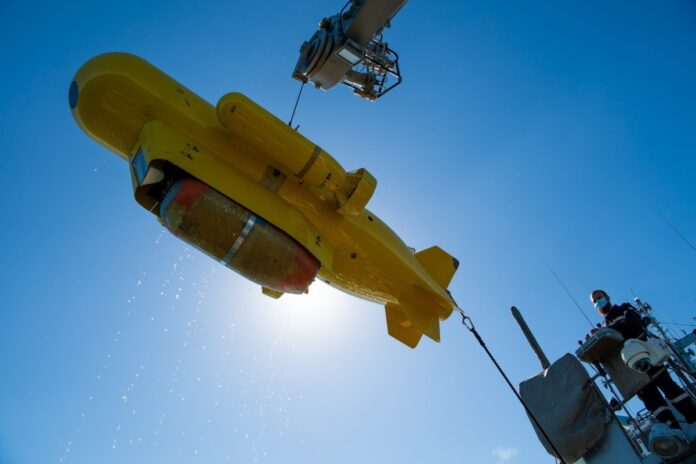Standing Nato Mine Countermeasures Group-1 units participated Sandy Coast 20 mine conutermeasures exercise with a NATO partner Finnish vessel Vahterpaa between 1-10 September off Belgian and Dutch coast, NATO Maritime Command (MARCOM) announced. Despite COVID-19 restrictions, exercise was planned by the Admiralty Benelux (ABNL), controlled and executed by the Belgian Navy.
Sandy Coast 20 created a unique opportunity for training NATO mine countermeasures operations in one of the most difficult environmental conditions off the Belgian and Dutch coast.
“Threats to our security have not gone away while we are focusing on the pandemic, therefore it is critical that NATO forces continue to enhance cohesion, while enabling interoperability throughout the whole of NATO,” said Vice Admiral Keith Blount, Royal Navy, Commander of NATO’s Allied Maritime Command.
Standing NATO Mine Countermeasures Group One (SNMCMG1) units presented the capability needed to counter mines and underwater improvised explosive ordnance (UW IED) that could be used to deny the free use of maritime sea transport lines of communication, port approaches and traffic choke points that provide unrestricted access to all nations.
“Despite difficult environmental conditions taking into account constantly changing strong current, mine burial and poor underwater visibility, units have proven their skills and techniques are to be trusted when it comes to our main task – to find and countermine sea mines. Procedures and communication systems put me in a proper control of units under my command and assured strong line of communication with CTG”, said the Lithuanian Commander Audrius Venckunas, Commander of SNMCMG1.
The exercise has provided an opportunity to train units in order to maintain combat readiness of SNMCMG1 so that they can respond adequately to a wide range of real-world operation situations if such arise.



